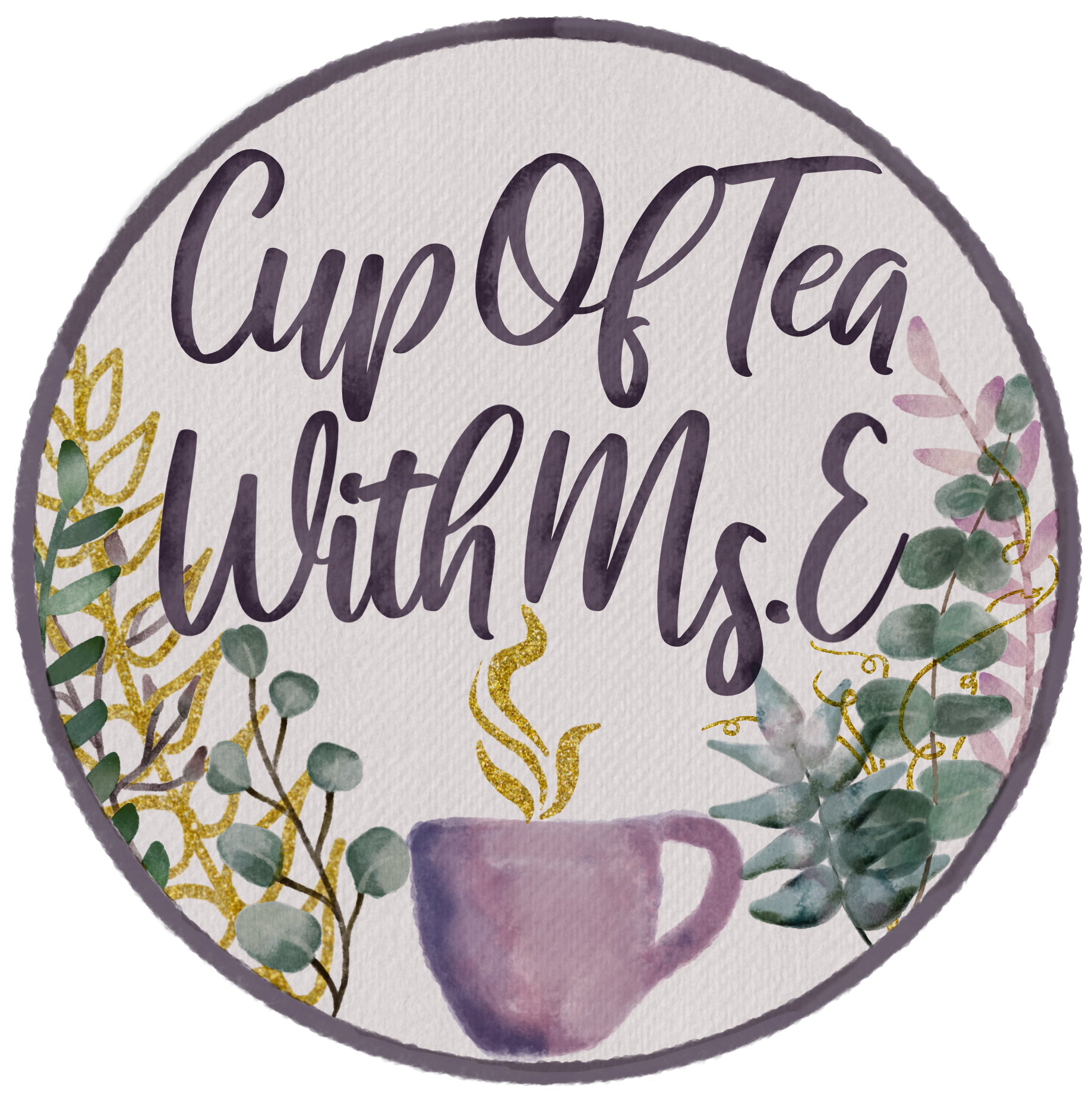Social learning communities are changing the way people access, discuss, interpret, and create information. “Social learning” can be defined as a change in understanding that goes beyond the individual, to become situated within wider social units or communities of practice, through social interactions between participants within social networks (Reed et al., 2010). The 21st century has brought a wealth of tools that allow users to be connected constantly and access information instantaneously. Facebook has 2.41 billion monthly active users worldwide (Noyes, 2019), and YouTube has 1.9 billion users, with over a billion hours of video watched every day (YouTube for Press). Add in Twitter, LinkedIn, Reddit, Stackexchange, Blogs, and a constantly growing amount of additional online tools, and the information accompanying them becomes infinite. These types of communities are extending the learning process beyond the four walls of the classroom, and they are fostering collaboration more effectively and efficiently (Seo, 2016). So, what are the advantages of using social learning communities, and are there downsides to using these types of pedagogical platforms?
Scientific research about learning attests to the positive effects of the collaborative and cooperative practices of learning communities, including improved engagement, academic achievement, communication skills, awareness of other’s needs, and so on (Johnson et al., 1995). These types of skills are critical to be successful in our constantly changing world. Social learning communities are also unique because they are a place driven by curiosity. Participation is motivated by people who are interested in the topic and choose to engage with the selected material. It is through communication with others who are committed to the topic, and the reflective discourse that follows, that participants can build on their collective knowledge. It is also important to note that social learning communities are comprised of the most relevant and recent information available, because they are constantly growing and changing, unlike textbooks that stay the same from the time when they are printed.
These types of learning communities are also special because there are no limits to who participates. Most social learning communities are open to everyone, which allows people to connect and communicate on a global, uninhibited scale. This means that people from across the world can come together and share their ideas openly. The diversity of participants involved in these learning communities makes them extra unique, seeing as any given community can have a variety of participants with a range of ages, sexes, ethnicities, and classes. This diversity greatly exceeds what you would normally find in a traditional classroom setting, and it allows for a broader range of opinions, experiences, and understandings, which leads to a more vibrant and enriched discussion. All of this inevitably creates a more rich and genuine learning experience for all involved. This kind of interaction would be near impossible in a physical setting, but through the use of technology, we can create an online, open gathering place for this kind of vivid discussion.
Another exciting thing about social learning communities is that they can cater to all skill levels and personalities. No matter what your interests are, or how much you know about the topic, you can find a group of people who are interested in the same thing, somewhere on the internet. These groups can help support and nurture peoples interests by providing a space for like-minded people to engage with each other, share resources and information, ask questions, and grow together. Cognitive anthropologists Jean Lave and Etienne Wenger coined the term “Community of Practice” to describe a group of people who share a concern or a passion for something they do, and who learn how to do it better as they interact regularly (1991). This type of learning process transforms learners into content creators, by empowering them to generate, customize, and share information freely within their communities (Seo, 2016). It is through text, video, audio, and other forms of technology that people can build relationships with each other and take on the learning process collaboratively. Social learning communities often become tight nit personalized learning networks, where people rely upon and support each other with whatever their endeavours may be.
Additionally, social learning communities are impactful because people will often share free learning resources on these types of platforms, so the possibilities for learning are endless. As long as you can access the platform, which albeit does require a network-connected device, you can access a wealth of information. According to a Maclean’s article by Mark Brown, the average annual cost of post-secondary education in Canada is $19 498.75 (2018), so a social learning community, in comparison, is much more cost-effective. Instead of paying thousands of dollars for tuition at a fancy institution where you will be expected to buy expensive textbooks to aid in your studies, you can just hop on the world wide web to learn whatever it is you are interested in. Additionally, instead of just learning from one professor, which is the common practice at educational institutions, you can learn from thousands of people. This peer-to-peer knowledge fosters collaboration and diversity, expanding the knowledge base far beyond what would come from one professor’s point of view. This form of learning also guarantees that each person has greater individual control over their learning experience and ensures that they can access the information synchronously or asynchronously, depending on what is most convenient for them. In the end, the power is in the hands of the learner, and they can choose when, where, what, and how much they want to learn. This means that if you are self-motivated to learn, the opportunities for knowledge acquisition are endless.
All of this sounds great, but there are some downsides to social learning communities. To start, if you are not self-motivated, nothing is encouraging you to take part in the learning process. There is also a lack of structure in these types of communities, as there is no teacher in charge, no syllabus to follow along with, and no defined learning goals. This also means that there is no certification at the end of the process, which means you do not get a piece of paper saying that you have completed a certain program, or that you hold a specific set of skills. As well, it is important to note that because social learning communities are so open, anyone can participate. This means that we must be critical of the information that we come across and always check the sources of the information we receive. Another piece of being in a social learning community that people may struggle with is that there is no face-to-face interaction. In reality, most of the communicating is done online, and for some, this form of communication falls short. Generally, the information you are interacting with is either text, audio, or video, so if you are the kind of person who does not learn best in this way, it may not be the most constructive learning process. The last aspect we need to be aware of is the safety and privacy of the users. You must do your due diligence to ensure that your privacy and safety are attended to, and you are aware of your rights and the consequences when using this variety of learning community.
Overall, social learning communities are flipping the way we are learning on its head. They are opening up the doors to so many new and exciting possibilities and providing us with a wealth of knowledge right at our fingertips. They can be used as a constructive learning tool, that can provide fair, open, recent, and relevant information, as long as we ensure that we are being safe, smart, and critical about the tools we are using, and the information we are engaging with.
References:
Brown, M. (2018, April 1). The cost of a Canadian university education in six charts. Retrieved August 15, 2019, from https://www.macleans.ca/education/the-cost-of-a-canadian-university-education-in-six-charts/
Johnson, D., Johnson, R., & Smith, K. (1995). Cooperative learning and individual student achievement. In J. Pederson & A. Digby (Eds.), Secondary schools and cooperative learning (pp.3-54). New York: Garland Publishing
Lave, J., & Wenger, E. (1991). Situated Learning. Legitimate peripheral participation. Cambridge: University of Cambridge Press.
Noyes, D. (2019, July 24). Top 20 Facebook Statistics – Updated July 2019. Retrieved August 11, 2019, from https://zephoria.com/top-15-valuable-facebook-statistics/
Reed, M. S., A. C. Evely, G. Cundill, I. Fazey, J. Glass, A. Laing, J. Newig, B. Parrish, C. Prell, C. Raymond and L. C. Stringer. (2010). What is Social Learning?. Ecology and Society 15 (4): r1. [online] URL: http://www.ecologyandsociety.org/vol15/iss4/resp1/
Seo, K. K. (2016). Empowering learning communities with social media. American Journal of Distance Education, 30(1), 1-1. doi:10.1080/08923647.2016.1119608
YouTube for Press. (n.d.). Retrieved from https://www.youtube.com/intl/en-GB/yt/about/press/
Photo by Mark Solarski on Unsplash


Leave a Reply